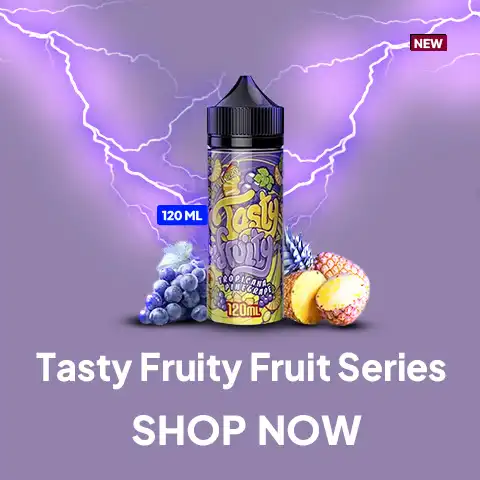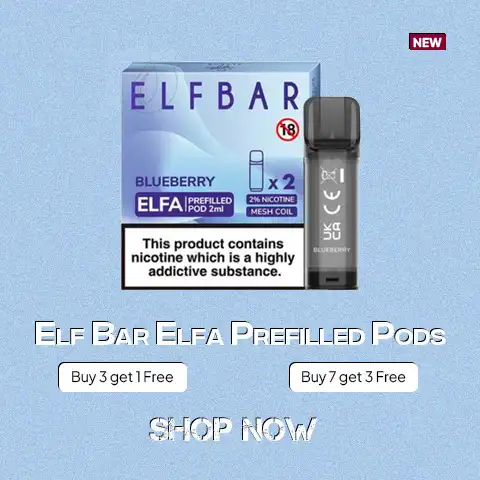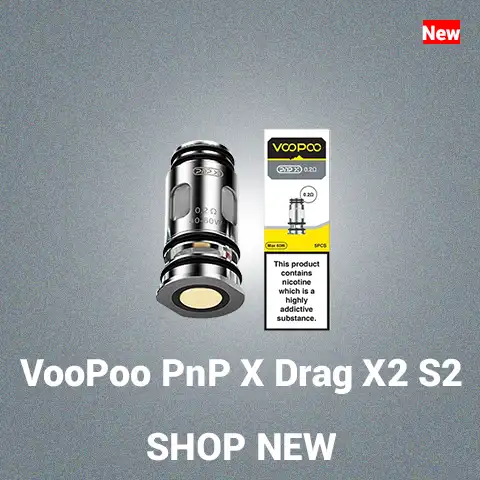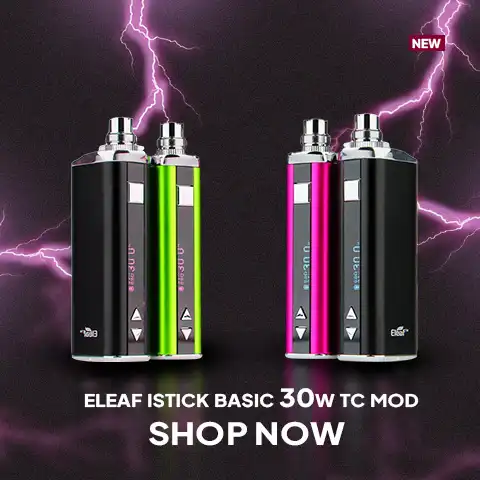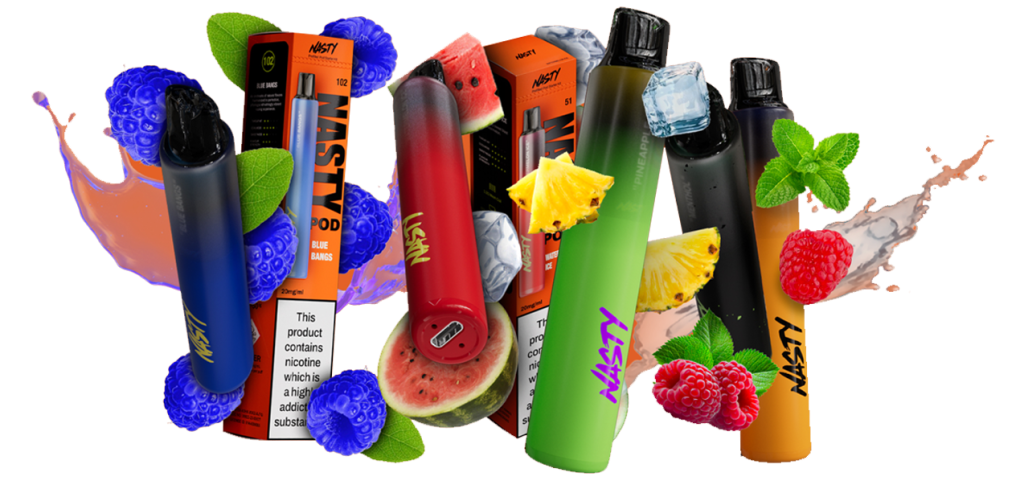“Vapers, let’s study ‘E-Liquid Ingredients Unveiled’ to dive into the world of e-liquids”. In the most recent couple of years, electronic cigarettes, or vapes, have acquired in prevalence as an option in contrast to conventional smoking. E-liquids, sometimes called vape juice, Understanding the safety of vaping requires demystifying the e-liquids’ ingredients. This blog tries to shed light on What Chemicals Are In Vapes and how they impact the entire vaping experience.
The E-Liquid Ingredients
Understanding the components in e-liquids is critical for making sound decisions about what you put into your lungs. Different flavoured e Liquids contain various flavourings. Some manufacturers produce them without water. To counter the amount of each ingredient, the flavour profiles of our e-liquids also differ. Craftsmen carefully craft each e-liquid to provide a unique and enjoyable taste experience. While the basic ingredients remain consistent, the specific flavourings used in each e-liquid are tailored to create distinct and delicious blends.
- Propylene glycol (PG)
- Vegetable Glycerin (VG)
- Flavorings
- Nicotine
- Water
1: Propylene Glycol (PG)
Propylene glycol (PG) is the base ingredient of e-liquids. This colourless and odourless liquid plays an important role in the vaping process. PG helps to disperse flavours, which improves the overall taste profile. It also helps to provide the distinct throat impact that many vapers want. Importantly, PG is generally perceived as safe, which contributes to its widespread use in e-liquid compositions. Understanding propylene glycol’s role sheds light on the fundamental ingredients that influence the composition and experience of e-liquids.
2. Vegetable Glycerin(VG):
Vegetable Glycerin (VG) is a significant base in e-fluids and adds to their general piece. It’s a thicker liquid that adds viscosity to the e-liquid combination. One of its key functions is to produce large vapour clouds, which improves the visual and sensory components of the vaping experience. Vegetable glycerin, similar to propylene glycol, is typically viewed as safe for utilization, making it a well-known and OK part of e-fluids. Understanding the function and role of VG gives vapers useful insights into the major elements that influence the properties of their preferred e-liquids.
3: Natural and Artificial Flavorings:
E-liquids replicate a variety of flavours, including the sweetness of fruits and pastries, refreshing undertones of menthol, and the nuanced richness of tobacco. These flavourings serve as the aromatic essence, taking vapers on a sensory trip and adding depth to the vaping experience.
Role:
Flavorings play a crucial role in enhancing the whole satisfaction of vaping, beyond only providing taste. Natural and artificial flavourings enhance the pleasure of vaping by contributing to a variety of delightful and appealing flavour profiles, letting users customize their experiences according to their individual preferences.
4: Nicotine:
Nicotine, while optional, is a common additive in e-liquids. It serves the purpose of combining the addictive element inherent in regular cigarettes. This inclusion provides vapers with the familiar sensation associated with nicotine intake.
Role:
Nicotine in e-liquids has a purpose beyond recreational use, allowing consumers to control their consumption. This function helps people gradually lessen and control their reliance, which aligns with smoking cessation goals. Understanding the function and role of nicotine allows vapers to customize their vaping experience based on personal tastes
Additional Ingredient
5: Distilled Water:
Distilled water is used as an infrequent e-liquid ingredient. Typically to thin the mixture and modify viscosity.
Role:
Its job becomes more important in certain vaping devices, providing adequate wicking. Also, a little refined water can diminish the strength of flavours, giving vapers a smoother and more adjusted vaping experience. This displays the careful study and fine-tuning of extra chemicals to obtain certain properties in e-liquid compositions.
What Chemicals Are in Vapes:
First of all, this is important to know What Chemicals Are in vapes. Vaping is the utilization of electronic cigarettes or vaping gadgets to warm an e-liquid and produce vapour. The key compounds in vapes affect the flavour, throat hit, and overall vaping experience.
1: Chemicals in Vapor
The simplicity of the compounds in vapour highlights a significant component of vaping as a potentially less harmful alternative, as it eliminates many of the toxic substances found in combustion tobacco. Vapers and the general public must be aware of the relatively low chemical complexity of vape emissions, which can contribute to ongoing discussions over What Chemicals Are in Vapes, vaping safety, and hazards.
2: The Risks of Heating E-Liquids:
Heating e-liquids in vapes can transmit hurtful mixtures like formaldehyde, acetaldehyde, and acrolein. It is critical to feature that, while these mixtures might be available, they are in very lower amounts than those tracked down in regular cigarettes. This distinction is critical in determining the relative dangers associated with vaping vs smoking. By addressing concerns about the hazards of heating e-liquids, users and the general public can make more educated decisions about their nicotine usage and overall health.
Balancing Safety and Enjoyment:
Vaping manufacturers must strike a balance between creating pleasurable flavours and assuring the safety of their e-liquids. This includes careful ingredient selection, quality control, and commitment to safety guidelines. Vapers play an important part in choosing reliable products and remaining informed about e-liquid components. As the industry matures, the balance of safety and enjoyment remains key, with a focus on vapers’ attentiveness and governmental control.
Regulatory Oversight
Regulatory agencies in the vaping sector are in charge of ensuring the safety of e-liquids by formulating and implementing standards governing manufacturing, labelling, and distribution. Compliance guarantees that e-liquids meet safety requirements, protecting public health and fostering consumer confidence in their goods. This monitoring promotes a safer and more accountable vaping landscape, which benefits vapers.
Conclusion
No more staring at labels or getting lost in incomprehensible jargon! You’ve unlocked the mysteries of the e-liquid ingredients, revealing the magic behind the swirling clouds and the tastes that dance on your tongue. Take note that you are now prepared to navigate the world of vaping with confidence and judgment.
So puff responsibly, experiment with countless flavour combinations, and explore the possibilities with a fresh perspective. Allow your vape to be a canvas for your inner artist, a reflection of your taste, and a source of pleasure to be enjoyed responsibly. Cheers to unravelling the delicious and, most importantly, safe vaping experience!

